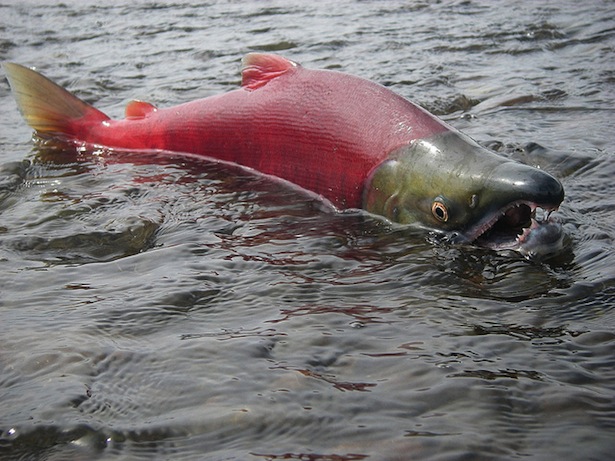forum
library
tutorial
contact

Rep. Rob Bishop, Others
Target Endangered Species Act
by Amy Joi O'Donoghue
Deseret News, February 4, 2014
|
the film forum library tutorial contact |

|
Rep. Rob Bishop, Others
by Amy Joi O'Donoghue
|
Endangered Species Act Congressional Working Group, a panel of House Republicans,
wants the law to be administered by the states to balance wildlife protection with economic development.
 SALT LAKE CITY -- A new report concludes the potential listing of the greater sage grouse in Utah and 10 other western states is a "case study" on why conservation of species through litigation is a practice that fails both animals and people.
SALT LAKE CITY -- A new report concludes the potential listing of the greater sage grouse in Utah and 10 other western states is a "case study" on why conservation of species through litigation is a practice that fails both animals and people.
Released Tuesday by the Endangered Species Act Congressional Working Group, the report said the Endangered Species Act is akin to a regulatory straitjacket that thwarts good conservation work.
"The ESA is stuck in a litigation driven model. This outdated model hinders the boots on the ground conservation we should be harnessing to actually recover endangered species, not just spout flowery rhetoric about the law in the courtrooms," said Rep. Cynthia Loomis, R-Wyoming.
The report notes that the decision by the U.S. Fish and Wildlife Service to potentially list the greater sage grouse is being driven by a "mega settlement" in which federal agencies concede they are acting hastily to meet a deadline.
Such use of closed door settlements, it emphasizes, drives arbitrary mandates and deadlines that do little to promote the recovery of species.
The working group was formed in May of 2013 to examine issues related to the implementation of the Endangered Species Act 40 years after its passage.
The report contains comments and considerations from outside individuals as well as testimony from nearly 70 witnesses who appeared before the Working Group and House Natural Resources Committee hearings.
Thirteen members of the House of Representatives sit on the group, including Utah Rep. Rob Bishop, R-Utah.
"The intent of the Endangered Species Act when it was first drafted was noble and the report acknowledges the continued need for the Endangered Species Act," Bishop said. "Unfortunately, however, since its introduction in 1973, the law has been co-opted by activist special interest groups as a tool to snuff out multiple use of our lands and resources."
Citing an "unacceptable" species recovery rate of 2 percent, the report details abusive examples of how the act fails in Utah and elsewhere, including:
Of the only 30 species of foreign and domestic plants or animals that have been "de-listed," 30 percent of those were removed from protections because they had been erroneously added to the list. With one Texas plant, for example, agencies said there remained only 1,500 plants, when in reality there were more than 4 million. It took more than a decade to get the plant off the list.
The discovery of Ute-ladies' tresses -- a seasonal plant with a short growing season -- in one area of Cache County requires developers to get a survey done throughout the county. Because it is best identified in August, if a developer misses the opportunity to survey that month, they have to wait until the following year to get a permit.
A dime-sized spider not seen in the San Antonio area for more than 30 years derailed the construction of a $15 million highway and plugged plans for a $11 million pipeline.
Two Utah counties and private landowners have been unable to control an influx of prairie dogs that have destroyed private lands because the federal government counts prairie dogs found on public lands, not private lands, for recovery purposes. The report said this interpretation cost one rural electric cooperative over $150,000 to airlift transmission poles around federal lands that have been designated for Utah prairie dogs, despite private landowners being able to obtain permits to kill them on nearby lands.
The report also points to the Fish and Wildlife Service's own acknowledgement that less than 5 percent of the 1,500 species on the list are actually improving and stressed that species management practices invoked by the act have increased the risk of catastrophic wildfires.
learn more on topics covered in the film
see the video
read the script
learn the songs
discussion forum
